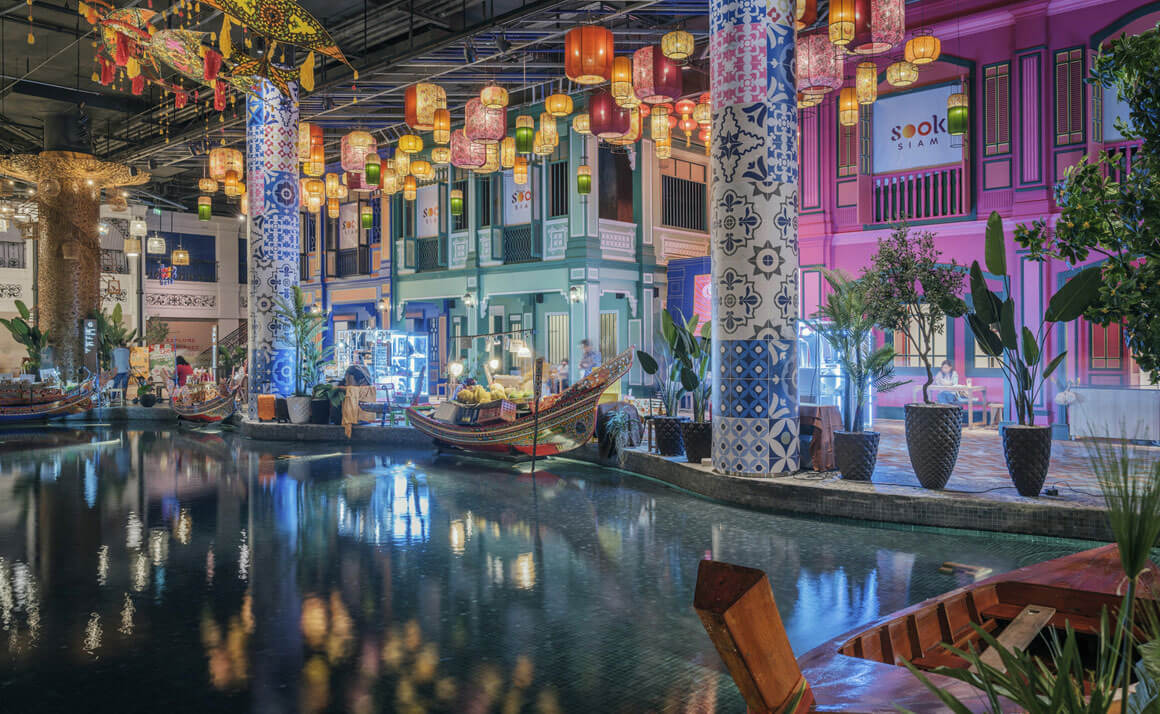
Asia’s world-beating malls
If retail property is truly the Cinderella sector, losing out to e-commerce, then here in Asia, it has got its glass slippers on and is going to the ball.
Rents and values have been more resilient to the effects of e-commerce while landlords have embraced omni-channel retailing. Most notably, Asia is still developing new large and innovative malls, advancing the art of retail.
The modern retail form, the shopping mall, has been embraced by Asia. “I would guess that the best malls in the world today can be found in the region,” says Nick Bradstreet, head of Asia-Pacific retail at Savills.
“There are plenty of factors behind this from climate to population density and extensive new mass transit systems. Whatever the reason, architectural masterpieces are everywhere, and often on a scale unknown in Europe and sometimes as part of a much wider mixed use master plan embracing a ‘live, work, play’ philosophy.”
In some markets, “online has made inroads”, says Bradstreet but “generally the popularity of centre-form retail seems undiminished”. China leads the world in online and mobile shopping and its developers have tended to embrace the trend rather than resist. Retail-led mixed-use developer Chongbang for example considers talk of ‘online/offline’ old hat.
Savills data show mature Asian shopping centre rents have been rising in recent years, with the exceptions of Hong Kong – where political factors such as Chinese tourist visas and street protests have hit rents – and Singapore. In contrast, retail has suffered in a number of markets in Europe and North America with the US and UK suffering the most ill effects.
Simon Bee, global design director at design studio Benoy, says Asian developers’ “embrace of full on experiential and mixed-use projects” is an important factor in retail’s success here. “The role of the mall as a town centre is an important factor in its success in Asia. In the US, where shopping malls evolved very differently, we now see a move to retail-led mixed-use developments in the heart of the city and linked to transport nodes – something familiar to any Asian city.”
Bee cites IconSiam, a $1.6bn waterfront shopping centre in Bangkok developed by Siam Piwat, as an example of the confidence and innovation in Asian retail property. “This was a huge, ambitious project where the design is rooted in Thai culture, but brought in around 30 local and international designers and architects,” he says. The 750,000 sq m mall opened in November 2018 and Savills data show current occupancy of around 98%.
Asian developers have the confidence to undertake courageous projects, Bee says. “Look at Singapore’s Jewel Changi Airport; who would have thought an airport could become a destination for people who live in the city?”
If the shopping mall was invented in the US, it has been perfected in Asia and more ideas are flowing from East to West. “People are keen to know about these projects globally and thinking about how to reproduce these ideas,” says Bee.
Further reading:
Savills Retail
Contact Us:
Nick Bradstreet | Simon Smith



